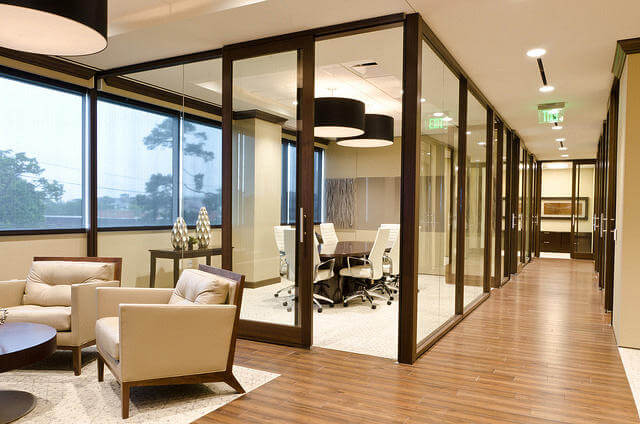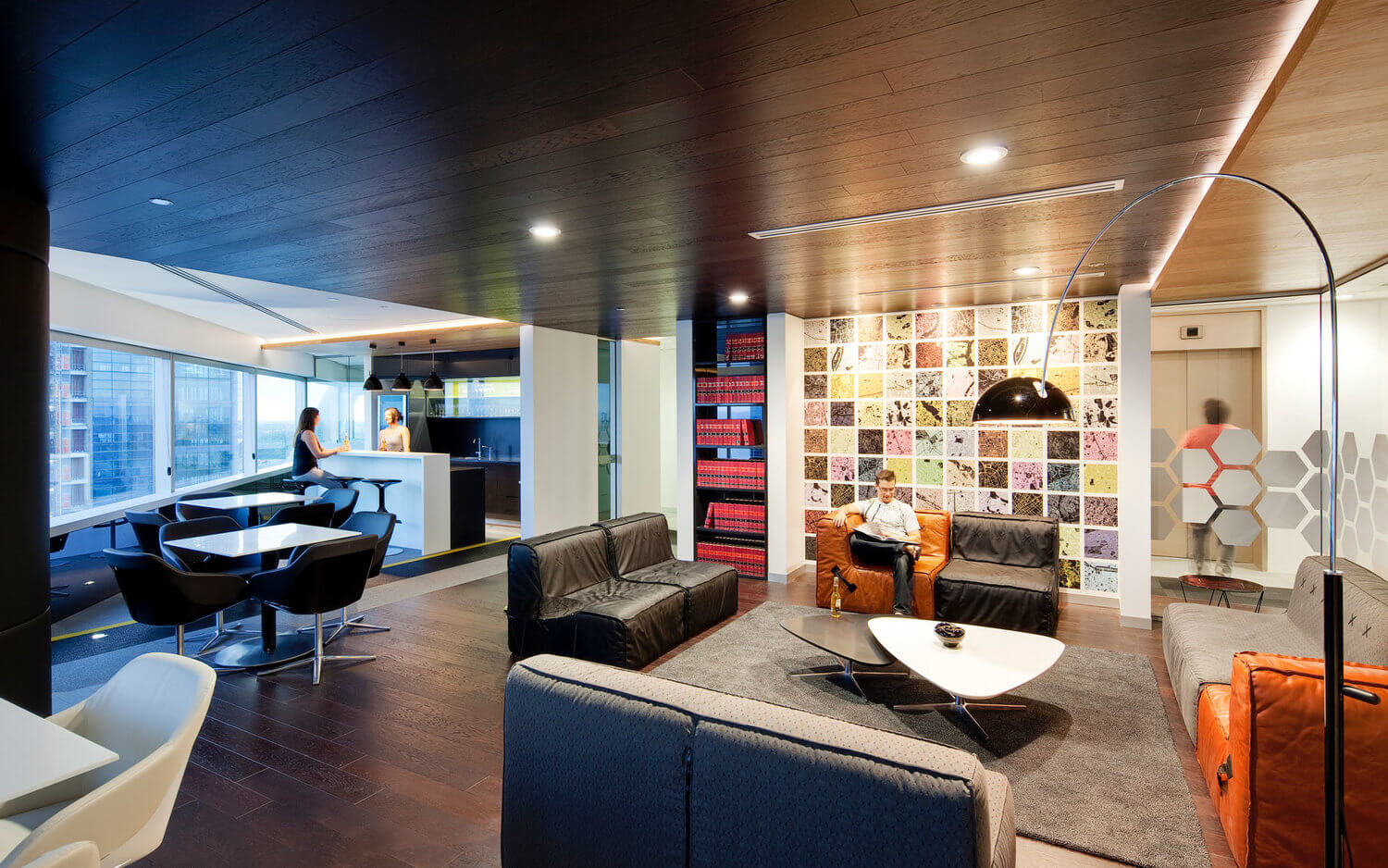How is the make-up of law offices changing?
If your law firm is building out office space right now, your best bet is to build in as much flexibility as possible. The last ten years have brought more change to the legal industry that the previous one hundred, and that pace of change is likely to accelerate over the next ten years. With this accelerating change, what is required from a law office layout is also changing significantly.
To illustrate:
· Per Peer Monitor’s annual Staffing Ratio Survey, over last ten years, the secretarial ratio has plummeted.
· Number of staff and of counsel attorneys is declining.*
· Physical law libraries are being replaced with on-line research.
· Litigation is on the decline and with it, the need for war rooms.*
· Data security teams (which didn’t used to be a “thing” for law firms) created to ensure the protection of client data are growing. For instance, K&L Gates now has a ten-person team.
· The C Suite is growing. (More research on this here in the coming months.) Law firms used to have an executive director. Now many firms have a full C suite running the business.
· Project management has emerged and grown exponentially as client demand for alternative fee agreements has increased.
· The development of technology to improve firm operations, streamline the practice of law and interface with the client is on the increase and with it, the size of law firm IT departments.
· Some firms are even adding separate businesses or incubators, including Fenwick & West (Flex by Fenwick temp agency) and Goodwin Procter (incubator).
What does this mean? It means that built-in secretarial bays now sit empty as do law libraries. Many offices are too large and there is insufficient support space for IT, data security and project management teams. In a traditional law office with large partner and small associate offices, there are partners in offices too small for them or associates in offices too big for them.
How business is conducted is also changing. The culture is becoming collaborative where it used to be siloed. Cross-selling is a real thing and lawyers that run into each other in the office may be more inclined to think about cross-selling. A Redwood Analytics study of client attrition across four AmLaw 50 firms over time found that the more partners the client interacts with and the more practice groups the client calls on, the less likely the client is to stop working with a firm.**
An in-depth Peer Monitor study of 34 firms found that continuously profitable firms (as distinguished from lower tier financial performers) focus more on revenue-related operational efficiency than controlling expense growth. The lesson: build to improve performance, not save money. Space and money savings can be a happy byproduct.
And recruiting. Although the demand for new law school graduates is on the decline, the fight for the best and brightest is tougher than ever. And millennial graduates are used to a more open and collaborative environment. They want to see their mentors and coaches. They want to see each other. They don’t value the private corner office like the generation before them did.
So how do you build for flexibility? If a law office is considering a move or restack, build single size offices that can accommodate all levels of lawyers and staff. Build large open areas with bench workspaces or low-height cubicles. Build collaboration spaces near food, televisions or windows to encourage collaboration.

Courtesy of Dirtt.net
Buy demountable partition walls. This is a big opportunity (and I don’t own any stock in any office furniture manufacturers). If all of a law firm’s space was built with these walls, the space could be reconfigured as needed over a weekend, often without even having to pull a permit. What was data processing space could become associate space if that job becomes obsolete. What were two private offices could become a conference room. Also, because these walls are considered furniture for accounting purposes, they can be depreciated over seven years. And they can be moved with the law firm if the law firm relocates, whether organically or through merger. Your space could adapt with you throughout the term of your lease.
There are lots of opportunities for differentiation; there are lots of opportunities for future growth. The most important thing is to build an environment with the flexibility to physically allow this to occur.



[…] to office space is one that provides the utmost flexibility to adapt to unforeseen changes. Abandoning the partner versus associate size office model in favor of one-size-fits-all offices will ensure that a firm can accommodate […]